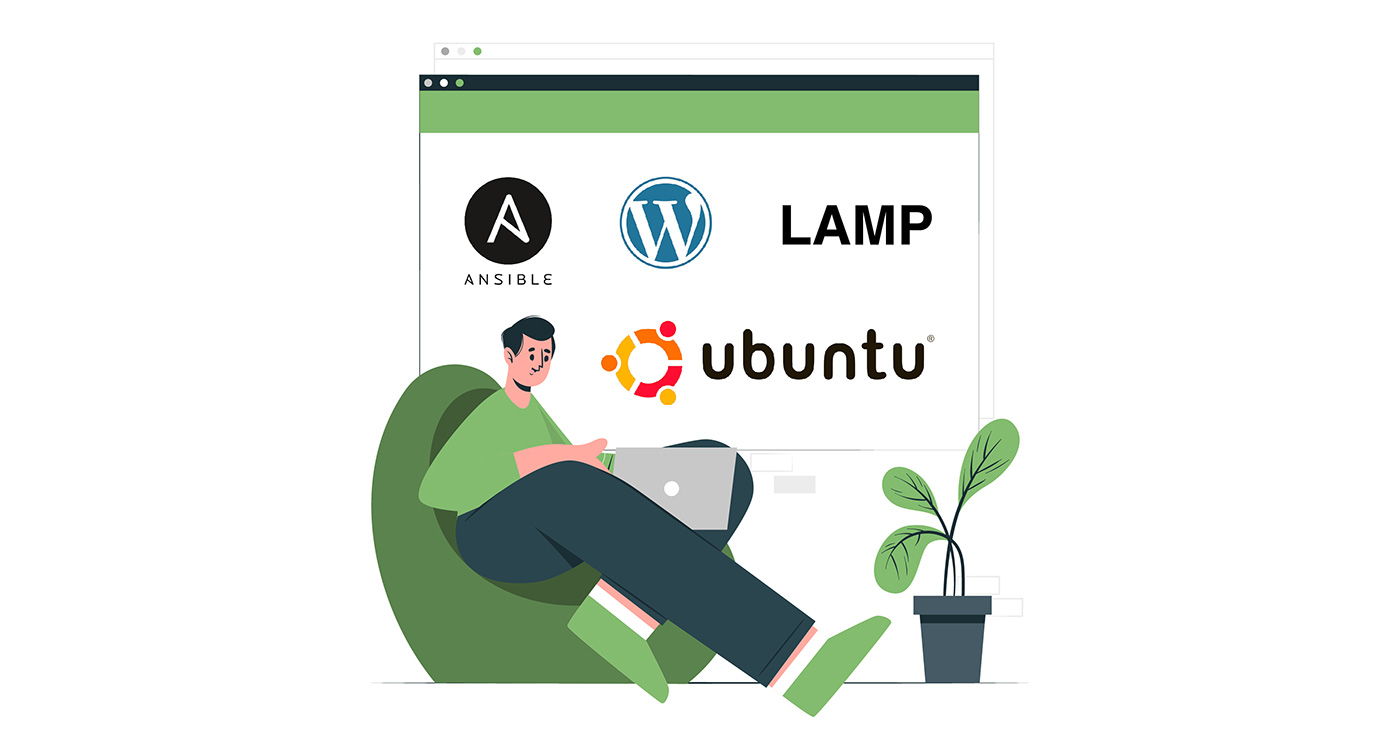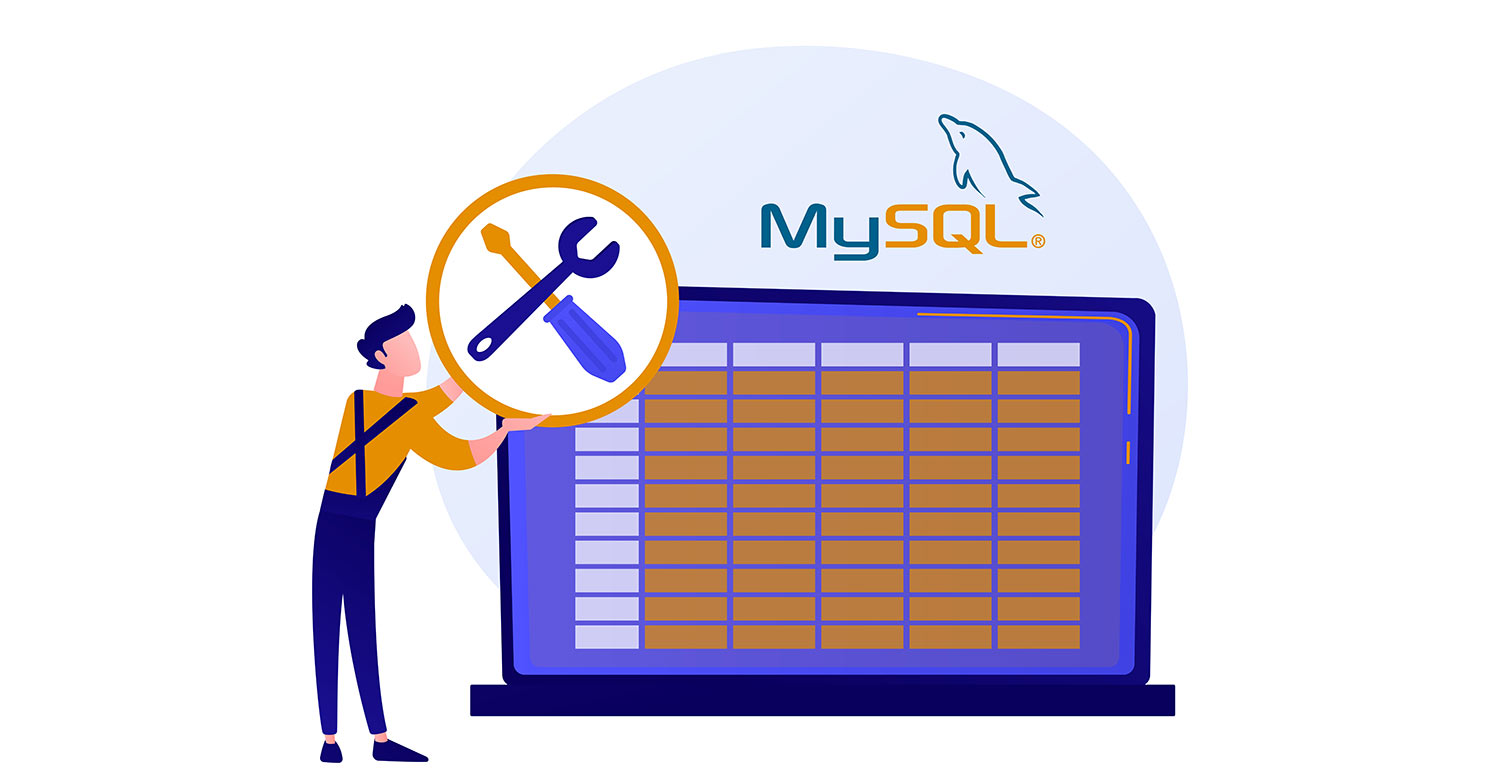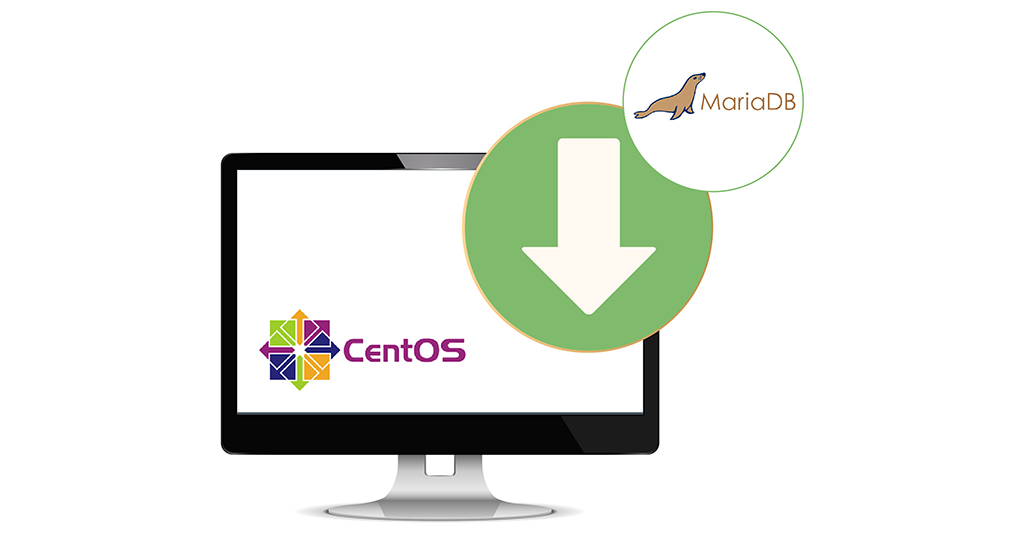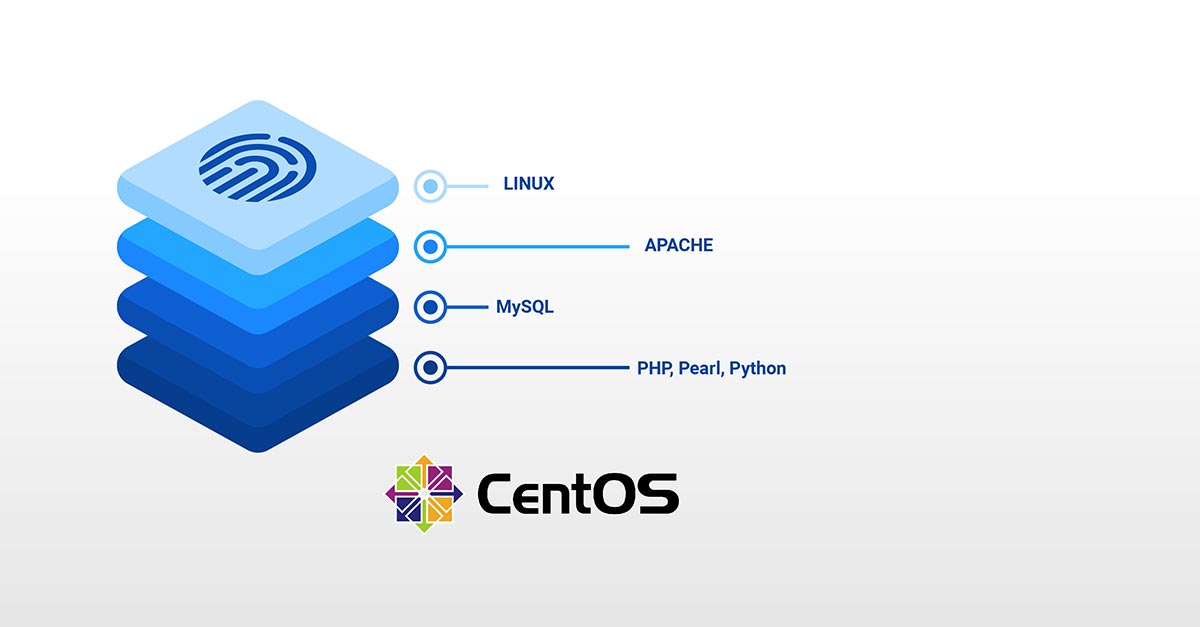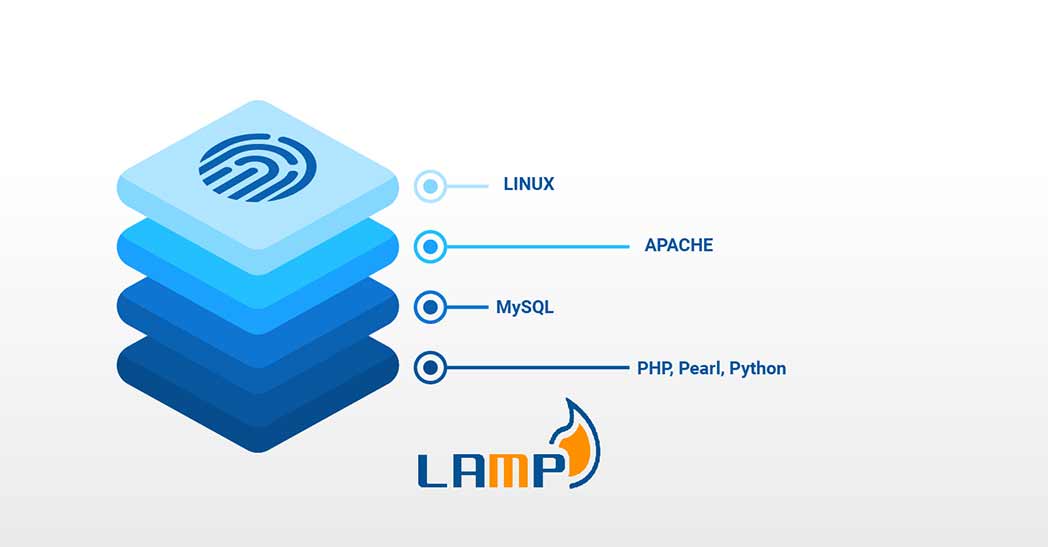Introduction There are always times when we need to have new servers configured. This could be to distribute the workload or if we simply need more servers. When setting up new servers, users need to utilize server automation to configure them. This is done in order to minimize manual intervention. Ansible is one of the configuration management tools that can …
Quick Solutions to Repair Corrupted Tables in MySQL: A Tutorial
MySQL is one of the most popular open-source RDBMS (Relational Database Management Systems). It is an integral part of the rapidly growing LAMP Stack and has gained impressive fandom among developers and system admins. Compared to non-relational databases, SQL provides excellent functionalities to arrange, store, and manage data effectively. The distinguishing table arrangement functionalities and stand-out capabilities of the SQL …
Installing and Configuring LAMP on Ubuntu 20.04 with Ansible
Server automation is a secure and reliable process of managing and monitoring servers in an effective and tech-savvy way. Unlike the traditional style of managing servers at data centers controlled by a dedicated team of experts, all servers are managed using automation. As a result, human errors are minimized. Configuration management tools like Ansible, Puppet, Terraform, to name a few, …
Installing Webmail Client with Roundcube on Ubuntu 20.04: A Tutorial
Roundcube is an open-source IMAP browser-based email client. It has gained popularity for supporting ACLs and utilizing AJAX (Asynchronous JavaScript and XML) technology. It has excellent features and end-to-end functionalities like email management, MIME support, and folder manipulation, to name a few. Besides, Roundcube offers message searching, spelling checks, calendars, and contact management seamlessly. Above all, it has a robust …
Your Guide to Installing Drupal on Ubuntu 20.04
Introduction Drupal is one of the most preferred Content Management Systems(CMS) for running blogs and managing enterprise content. Developers and businesses prefer it because of its robustness and usability. It is very customizable and it can be extended to implement a wide variety of use cases. In this tutorial, we will demonstrate how to install Drupal on Ubuntu 20.04 with …
Setting Up a Redis Server as a Session Handler for PHP on Ubuntu 20.04
Redis is an open-source in-memory cache and storage system, also referred to as a data structure server. It offers advanced support for several data types, such as hashes, lists, sets, bitmaps, and many more. Because of its excellent performance, Redis finds its popularity in leading industries and top MNCs. Benefits of Redis When it comes to speed, there is no …
Installing MariaDB on CentOS 7
In the world of database engines, MySQL and MariaDB are two of the major players. MariaDB is practically MySQL with some key changes. It’s a community-developed fork of MySQL backed by commercial support, for example, Wikipedia, Google, WordPress.com, etc. MariaDB is free and open-source and guaranteed to stay so. In this guide, we will guide you through the steps of …
How to Install WordPress with LAMP on Ubuntu 20.04
Introduction WordPress is undoubtedly the most popular Content Management System. You can host about anything on WordPress- from simple portfolio websites, company landing pages, and blogs to full-fledged eCommerce websites. It guarantees flexibility, robustness, and security, which are key for the success of any website. Downloading and installing WordPress is straightforward. Then, once you have installed it on your server, …
Installing and Securing phpMyAdmin on Ubuntu 18.04
MySQL is an open-source RDBMS based on SQL queries. It’s easy to use, secure, free, and open-source (under the GNU license). In addition, it is highly flexible, memory efficient, and high-performance. Because of all these features, MySQL finds its way in even the top-tier industries. When working with MySQL, most of the time, the interactions occur through the MySQL CLI …
How To Install Linux, Apache, MySQL, PHP (LAMP) stack on CentOS 7
LAMP is an acronym of a very popular web stack – Linux, Apache, MySQL, PHP. All of the four components of LAMP are open-sourced and are suitable to deploy dynamic websites and web applications. In this tutorial, we will walk you through setting up a cloud server with the LAMP stack. LAMP Stack: L – Linux L in LAMP stands for …
LAMP Stack setup – Linux Apache MySQL PHP
LAMP is an acronym of a very popular web stack – Linux, Apache, MySQL, PHP. All of the four components of LAMP are open-sourced and are suitable to deploy dynamic websites and web applications. In today’s tutorial, I am going to show you how to set up a cloud server with the LAMP stack. LAMP Stack: L – Linux L in …


